Bretton Woods 2.0? The New Financial World Order
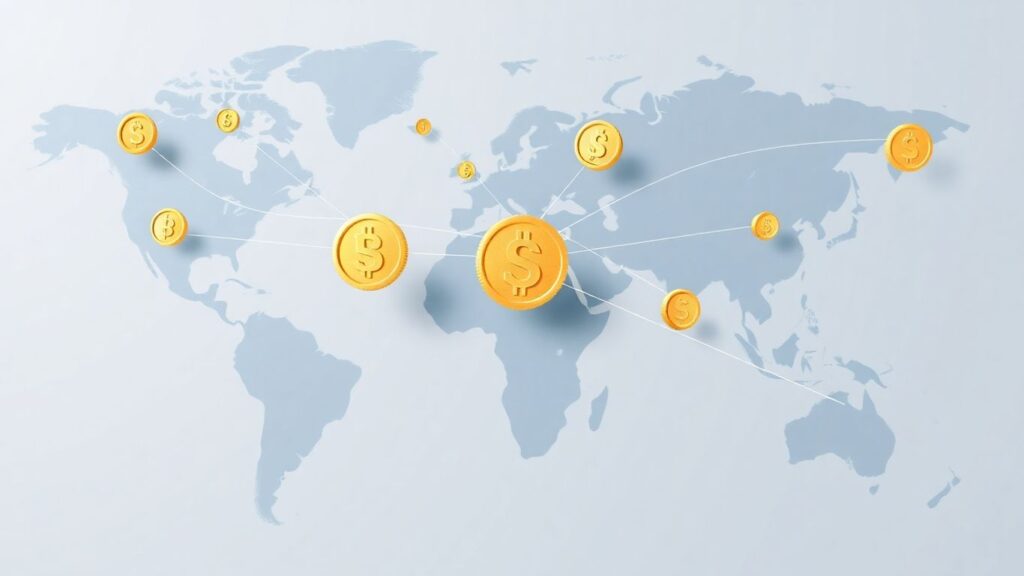
Eighty-one years after the original Bretton Woods conference, the world is talking about a new financial system. Back in 1944, leaders met to build a stable global economy after a terrible war. Now, with new challenges like climate change and big shifts in who holds power, many think it’s time for another big meeting, a sort of ‘Bretton Woods 2.0’. This idea is about updating the rules and institutions that guide global finance to fit today’s world, especially for developing countries.
Key Takeaways
-
The original Bretton Woods agreement in 1944 created the World Bank and IMF to prevent economic chaos after WWII, setting up a new global financial structure.
-
Today’s world faces similar issues to 1944, like geopolitical divisions and the need for international cooperation, suggesting a ‘Bretton Woods 2.0’ could be beneficial.
-
Global economic power has shifted significantly since 1944, with countries like China and India playing much larger roles, requiring institutions to adapt.
-
Current global challenges include geopolitical tensions, economic shocks from events like the pandemic, climate change, and growing inequality, all of which a new system needs to address.
-
Initiatives like the Bridgetown Initiative and discussions within the G20, particularly under Brazil’s leadership, are pushing for reforms to make global financial institutions fairer and more effective for developing nations.
A New Financial World Order Emerges

It feels like we’re at a bit of a crossroads, doesn’t it? Eighty years ago, world leaders got together in Bretton Woods, New Hampshire, with a big goal: to stop the kind of economic mess that led to world wars. They set up institutions like the World Bank and the IMF, aiming for stability and cooperation. Back then, the US was the undisputed economic giant, producing over half the world’s manufactured goods. Fast forward to today, and things look pretty different. The global economic landscape has shifted dramatically. We’ve got new major players, and the old power structures aren’t quite what they used to be.
Echoes Of The Past: The Bretton Woods Legacy
The original Bretton Woods agreement was all about preventing economic chaos. Think about it: the aftermath of World War I, the Great Depression, and competitive currency devaluations had caused widespread hardship and instability. The folks at Bretton Woods wanted to make sure that never happened again. They believed that working together, with stable exchange rates and open trade, was the only way to achieve prosperity for everyone. It was a bold vision, and it shaped the global economy for decades.
Shifting Global Power Dynamics
But the world doesn’t stand still, does it? Today, the economic map is redrawn. The US share of global manufacturing is much smaller, while countries like China have become industrial powerhouses. Brazil, which barely grew soybeans back in 1944, is now the world’s largest producer. We’re seeing new economic blocs and increased influence from places like the European Union, India, and the Gulf States. This isn’t just about economics; it’s about who has a say in global decisions. The old order, dominated by a few, is giving way to a more complex, multipolar reality.
The Imperative For Multilateral Cooperation
Despite these shifts, or perhaps because of them, the need for countries to work together is more pressing than ever. We’ve faced a string of global shocks – a pandemic, supply chain disruptions, and geopolitical tensions. While the existing international systems have shown some resilience, they’re clearly strained. The challenges we face today, from climate change to inequality and debt crises, are too big for any one nation to solve alone. It’s becoming increasingly clear that a fresh approach to global economic cooperation, something akin to a ‘Bretton Woods 2.0’, is needed to address these modern problems.
Lessons From The Post-War Era
Back in 1944, after years of global conflict and economic chaos, leaders from 44 countries got together in Bretton Woods, New Hampshire. The main goal? To make sure the world wouldn’t go through another economic disaster like the one that followed World War I and the Great Depression. Think about it: crippling reparations, hyperinflation, and mass unemployment. It was a mess. The folks in charge, especially John Maynard Keynes from the UK and Harry Dexter White from the US, figured that countries needed to work together. They believed that only through cooperation could everyone achieve stability and well-being.
Preventing Economic Devastation
The interwar period was a stark reminder of what happens when countries go it alone. Competitive currency devaluations, trade wars, and financial collapses led to widespread suffering. The Bretton Woods architects wanted to build a system that discouraged such destructive behavior. They aimed for a world where countries could trade and invest without fear of sudden economic shocks or protectionist policies that hurt everyone in the long run.
The Founding Of The World Bank And IMF
To achieve this, two major international bodies were created: the International Monetary Fund (IMF) and the International Bank for Reconstruction and Development, which we now call the World Bank. The IMF was set up to keep exchange rates steady and help countries facing financial trouble. It was like a global financial firefighter. The World Bank, on the other hand, was designed to help rebuild countries after the war and support economic development. It was about investing in the future.
Post-War Recovery And The Marshall Plan
Beyond these institutions, the US also launched the Marshall Plan a few years later. This was a massive aid program for Western Europe, pouring billions of dollars into rebuilding economies. It wasn’t just charity; it was a strategic move to create stable trading partners and prevent the spread of communism. The plan was incredibly successful, helping to kickstart a period of significant economic growth and integration in Europe. It showed what could be achieved when a major power committed resources to global recovery.
Contemporary Global Challenges

Navigating Geopolitical Divisions
The world today feels pretty fractured, doesn’t it? We’ve got rising tensions between major powers, kind of like a new version of old rivalries, but with different players and new economic battlegrounds. It’s not just the US and Russia anymore; China’s role is huge, and countries like India and Brazil are stepping up with their own agendas. This complex web of relationships makes it tough for everyone to agree on anything. Think about it: when countries are busy looking out for their own interests, or even actively competing, it’s hard to get them all on the same page for global issues. This division isn’t just about politics; it spills over into trade, technology, and even how we respond to crises. It’s like trying to get a group of people who are all arguing to work together on a single project – messy and slow.
The Impact Of Recent Global Shocks
We’ve been hit by a lot lately, haven’t we? First, there was the trade stuff with China, then the big financial crisis that rippled across the globe, followed by a massive pandemic that turned everything upside down. And let’s not forget the ongoing issues with people moving around the world. It’s been a real test for the systems we have in place. Surprisingly, things haven’t completely fallen apart. Trade is still happening, money is still moving, and people are traveling again. It’s not the complete breakdown some people predicted. But this resilience doesn’t mean we’re out of the woods. The current setup is kind of like a plateau – it’s stable for now, but it could easily slide back into chaos if we don’t address the underlying problems. The way these shocks have affected different countries and people unequally is a big part of the discontent.
Addressing Climate Change And Inequality
Beyond the immediate crises, there are these massive, long-term issues that just won’t go away. Climate change is a big one, obviously. We’re seeing more extreme weather, and the planet is definitely warming up. Then there’s the growing gap between the rich and the poor, both within countries and between them. This inequality isn’t just unfair; it breeds instability and makes it harder for everyone to prosper. These aren’t small problems; they require a level of global cooperation that feels really hard to achieve right now. It’s like we’re all in the same boat, but some people have life rafts and others are just trying to bail water with their hands. Getting everyone to agree on solutions, especially when those solutions might mean sacrifices for some, is a monumental task. We need new ways of thinking and acting to tackle these intertwined challenges effectively.
The Case For Bretton Woods 2.0
It feels like we’re at a bit of a crossroads, doesn’t it? Eighty years ago, leaders got together after a massive war to try and build a more stable world economy. They came up with the Bretton Woods system, setting up institutions like the World Bank and the IMF. The goal was simple: avoid the economic chaos that had led to so much suffering and conflict before. Now, here we are, eighty years later, and the world feels… different. The old power structures have shifted, and new challenges are popping up everywhere.
A Fresh Agreement For A New Era
Thinking about a “Bretton Woods 2.0” isn’t just about nostalgia. It’s about recognizing that the world has changed a lot since 1944. Back then, the US was the dominant economic force. Today, we have a more multipolar world with countries like China, India, and Brazil playing much bigger roles. The global economy is also way more interconnected, with trade making up a much larger chunk of everything. Plus, we’re facing entirely new problems, like climate change and massive debt crises, that the original Bretton Woods system wasn’t really designed to handle. We need a new framework that reflects today’s realities and tackles today’s problems. It’s about updating the old ideas for a new time.
The Role Of The G20 In Reform
So, where do we even start with this “Bretton Woods 2.0” idea? Well, the G20 group of major economies seems like a pretty good place to talk about it. It’s already a forum where big economic players meet. While the G20 can’t just wave a magic wand and fix everything, it’s the main place where discussions about reforming global financial rules can actually happen and agreements can be made. It’s where the big players can hash things out.
Brazil’s Leadership In Global Economic Dialogue
It’s actually quite fortunate that Brazil is taking the lead in the G20 right now. Their president seems really keen on using this position not just to boost Brazil’s standing, but to push for a more fair and sustainable global economy. With Brazil at the helm, there’s a real chance to get these important conversations about a new economic order moving forward. It’s a good opportunity to get things done.
The world has faced major shocks before, and each time, leaders have had to rethink how economies work together. The current situation, with its own unique set of global challenges and shifting power dynamics, calls for a similar moment of reflection and action. We can’t just keep doing things the old way if they aren’t working anymore.
Here’s a look at how the global economic landscape has changed:
-
Manufacturing Output: US share dropped from over 50% in 1944 to around 16% today.
-
International Trade: Increased from less than 20% of global GDP to over 50%.
-
Key Producers: Countries like Brazil have become major players in global markets (e.g., soybeans), a stark contrast to their roles in 1944.
This shift highlights the need for a global economic system that is more inclusive and representative of the current world order.
Reforming Global Economic Institutions
Rethinking The World Bank And IMF Governance
The big players at the World Bank and the IMF, the ones that have been around since after World War II, are definitely feeling the pressure to change. For decades, these institutions have been largely run by the same group of countries that set them up. It’s like a club that hasn’t let many new members in, especially when it comes to decision-making power. Countries like Brazil and others in the Global South are pushing hard for a bigger voice, wanting a say in how things are run, not just how much money is involved. This isn’t just about fairness; it’s about making these institutions more relevant to today’s world. The challenge, though, is that the established powers aren’t exactly eager to give up their influence, especially when countries like China are becoming major financial contributors.
Tackling The Growing Debt Crisis
Lots of countries are really struggling with debt right now. With interest rates going up, paying back what they owe has become a huge burden. We’re seeing a lot of low and middle-income countries either already can’t pay their debts or are getting dangerously close. Some are spending more on debt payments than on important things like healthcare and education. We’ve already seen a few countries default, and there’s a worry that more could follow in the next couple of years. This debt situation is a major roadblock for development and stability.
The Bridgetown Initiative And Its Proposals
The Bridgetown Initiative, championed by leaders like Mia Mottley of Barbados, offers a different way to think about fixing these problems. It’s not just about tweaking the existing rules; it’s about a more significant overhaul. The initiative suggests things like using special drawing rights (SDRs) from the IMF more effectively, creating new ways to finance climate action, and making debt restructuring fairer and faster. It’s a call for a more proactive approach, recognizing that the old ways of doing things just aren’t cutting it anymore. The goal is to create a financial system that supports sustainable development and resilience for all countries, not just the wealthy ones.
The current global financial system, built in a different era, often struggles to respond effectively to the urgent needs of developing nations and the escalating climate crisis. Reforms are not just desirable; they are necessary for global stability and shared prosperity.
The Path Forward For Global Governance
So, where do we go from here? Trying to recreate the original Bretton Woods is probably not the answer. The world’s a lot different now, and frankly, trying to get a bunch of countries to agree on one big, sweeping plan like they did back then? Seems pretty unlikely.
Instead, it looks like the real progress will come from a mix of things, happening more gradually. Think of it as building blocks rather than a single grand structure. We’re seeing a lot of movement from the ground up, with different groups and organizations working on specific issues.
Incremental Reforms And Bottom-Up Efforts
Forget about a single, top-down decree. The path to a better global economic system is going to be paved with smaller, more manageable changes. These aren’t the kind of headline-grabbing events that defined the original Bretton Woods. Instead, they’re the steady, persistent efforts of many different players.
-
Focusing on specific policy areas: Instead of trying to fix everything at once, groups are tackling issues like debt restructuring, climate finance, and trade rules one by one.
-
Building on existing structures: Rather than creating entirely new institutions, the focus is often on adapting and reforming the ones we already have, like the World Bank and IMF.
-
Encouraging national policy experimentation: Global agreements can provide a framework, but real change often starts with countries trying out new ideas at home to promote equity and sustainability.
Collaboration With Non-State Actors
It’s not just governments anymore. A big part of this new approach involves working with a whole range of other groups. These non-state actors, like non-governmental organizations (NGOs) and even private companies, bring different perspectives and resources to the table. They can be really helpful in pushing for change and making sure that global agreements actually work on the ground. It’s about creating an ecosystem of cooperation, not just a club of countries. For instance, the Paris Agreement on climate change shows how effective this kind of broad collaboration can be.
The effectiveness of international organizations is increasingly tied to their ability to work with a diverse set of partners. This means building relationships beyond just member governments, engaging with civil society and the private sector to support common goals. It’s a delicate balance, though, as these institutions must maintain their accountability to their member states while also benefiting from the broader support and insights of these external actors.
Mobilizing Finance For Sustainable Development
One of the biggest hurdles we face is figuring out how to pay for all the changes we need to make, especially when it comes to sustainable development and tackling climate change. This isn’t just about governments digging into their pockets. It’s about finding innovative ways to bring in money from all sorts of sources. This includes things like green bonds, private investment, and making sure that existing financial institutions are geared towards supporting these long-term goals. It’s a complex puzzle, but getting the money flowing in the right direction is absolutely key to building a more stable and equitable future. The G20, for example, is a key forum where these discussions about global economic reform can take place during their annual meetings.
So, What’s Next?
Looking back at Bretton Woods, it’s clear that big changes in how the world does money and trade don’t happen overnight. It took a global war and a lot of smart people working together to set up the system we have now. Today, the world feels just as complicated, maybe even more so, with new players and new problems like climate change and debt. Calling for a ‘Bretton Woods 2.0’ makes sense because we definitely need new ideas and cooperation. It won’t be easy, and it probably won’t be a single grand plan. Instead, it’ll likely be a bunch of smaller steps, with different countries and groups trying to fix things piece by piece. The important thing is that people are talking about it and trying to build something better, even if it’s messy. We’ll have to see if these efforts lead to real change, but the conversation itself is a start.
Frequently Asked Questions
What was the original Bretton Woods agreement?
About 80 years ago, leaders from many countries met to create a better global economy after World War II. They wanted to stop big economic problems like the ones that happened before the war. They created two important groups: the World Bank to help countries rebuild and grow, and the IMF to keep money stable and help countries in financial trouble. This system helped the world economy grow for many years.
Why are people talking about ‘Bretton Woods 2.0’ now?
The world is changing a lot, and the old rules don’t always work. Countries have different ideas about how things should be run, and there are new big challenges like climate change and big debts in many countries. People think we need a new plan, like a ‘Bretton Woods 2.0’, to fix these new problems and make the global economy fairer for everyone.
What are some of the big problems the world faces today?
Today, countries are dealing with many issues. There are disagreements between major world powers, which makes it harder for countries to work together. Recent events like the pandemic and wars have caused big problems with prices and money. Also, climate change is a huge threat, and many people are struggling because of unfairness and poverty.
How is the world different from when the first Bretton Woods happened?
Back then, the United States was the biggest economic power. Now, other countries like China and India are much stronger economically. Also, the world is much more connected through trade and technology. While the first Bretton Woods aimed to prevent economic disaster, a ‘Bretton Woods 2.0’ would focus more on issues like climate change, inequality, and making sure developing countries have a bigger voice.
What is the Bridgetown Initiative?
The Bridgetown Initiative is a set of ideas proposed by leaders from countries like Barbados. It suggests ways to help developing countries deal with climate change and debt. It includes ideas like using special IMF money to help countries and making it easier for them to get loans for important projects. It’s part of the effort to rethink how global money systems work.
Who is leading the talks for a new financial agreement?
Brazil is playing a key role right now because it’s leading the G20, a group of the world’s biggest economies. Brazil’s leaders want to use this position to talk about important changes, like making the World Bank and IMF fairer for developing countries and finding ways to fund projects that help people and the planet. They hope to get a new plan started, even if it takes time to agree on everything.
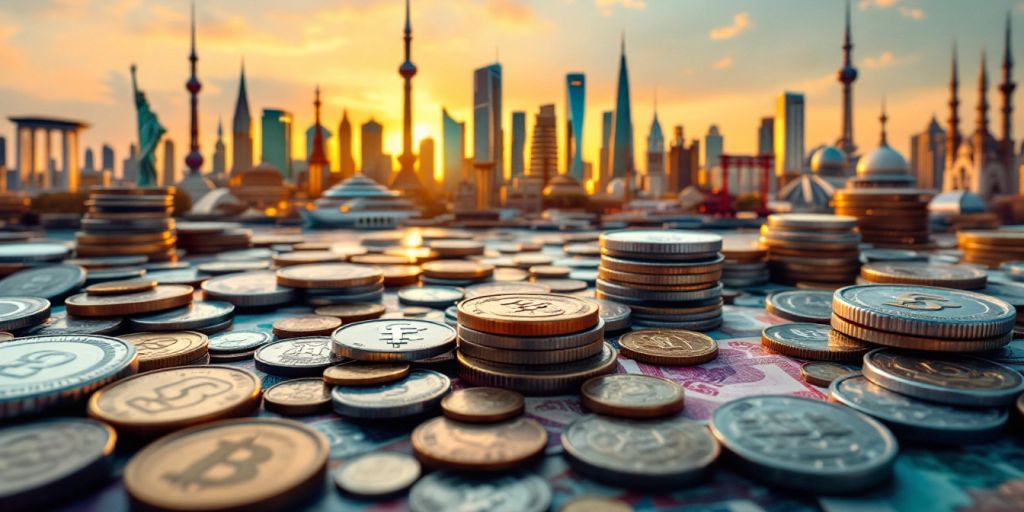
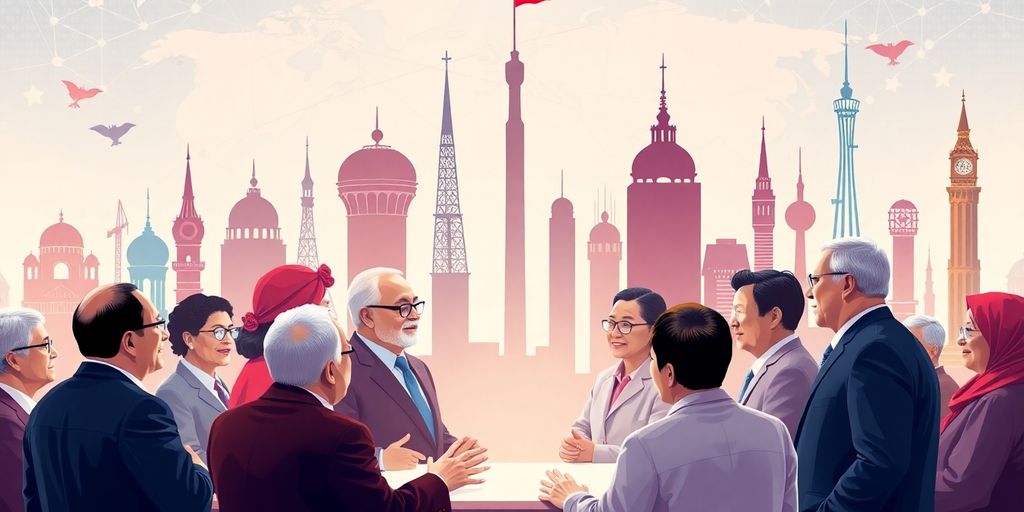

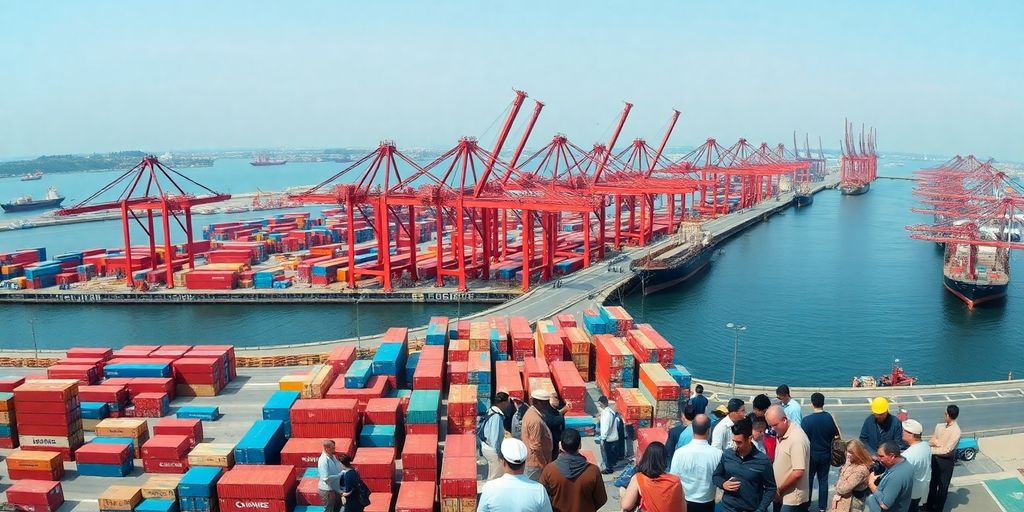


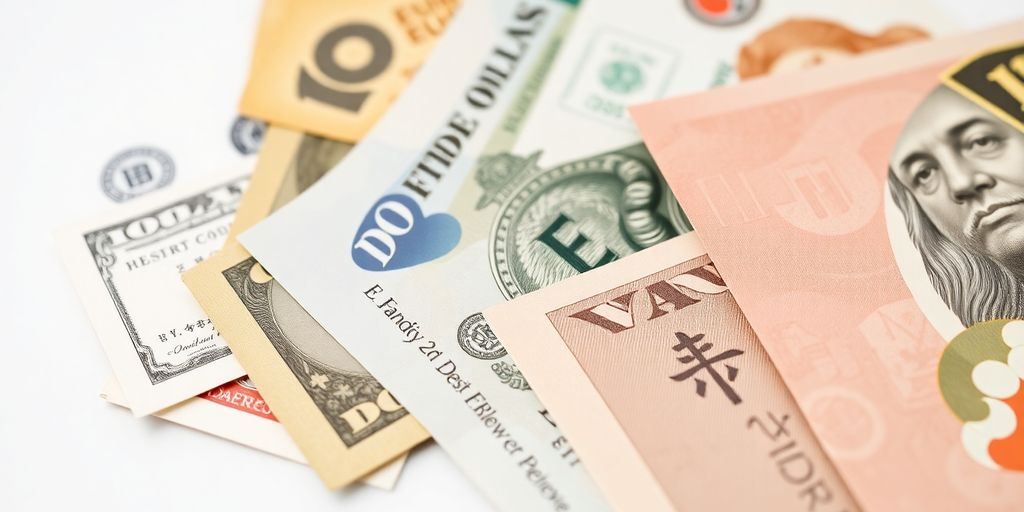
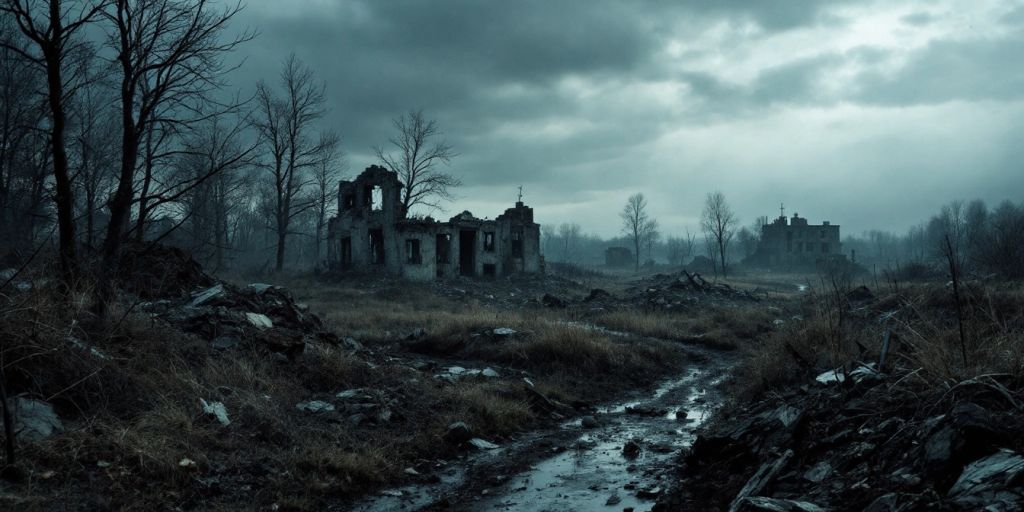
Responses